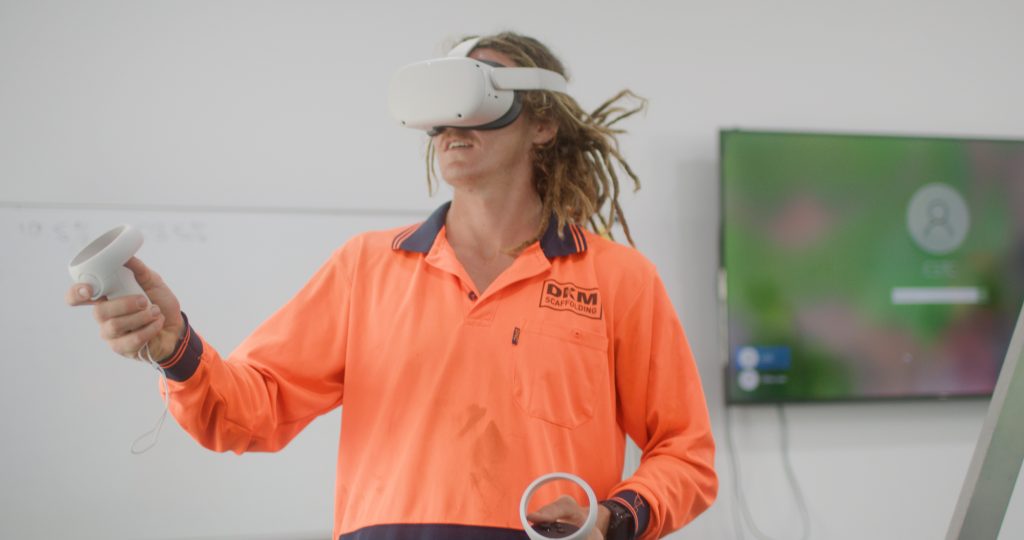Project Brief:
Virtual Reality (VR) is an immersive technology that allows users to experience simulated environments. VR training equipment can be used to provide a safe and cost-effective alternative to traditional training methods. This project aims to design and develop VR training equipment for various industries such as construction, mining, and horticulture.
Objectives
- • To design and develop VR training equipment that meets the needs of different industries
- • To provide a safe and cost-effective alternative to traditional training methods
- • To improve training outcomes and reduce the risk of accidents in various industries
- • To create a user-friendly interface for easy navigation and interaction
- • To ensure compatibility with existing software and hardware systems
Scope
The project will involve the following steps:
- • Conducting research on the needs and requirements of various industries for VR training equipment
- • Designing and developing VR training equipment prototypes
- • Testing and evaluating prototypes with potential users from various industries
- • Refining and improving the design based on feedback from users
- • Developing a user-friendly interface for the equipment
- • Ensuring compatibility with existing software and hardware systems.

Deliverables
The final deliverables for the project will include:
- • Fully functional VR training equipment prototypes for construction, mining, and horticulture industries
- • User manuals and guides for the equipment
- • Compatibility reports for existing software and hardware systems
- • Evaluation reports on the effectiveness of the VR training equipment based on user feedback.
Timeline
The project is expected to take 12 months to complete. The timeline for the project is as follows:
- • Month 1-2: Conduct research on the needs and requirements of various industries
- • Month 3-4: Design and develop VR training equipment prototypes
- • Month 5-6: Test and evaluate prototypes with potential users from various industries
- • Month 7-8: Refine and improve the design based on feedback from users
- • Month 9-10: Develop a user-friendly interface for the equipment
- • Month 11-12: Ensure compatibility with existing software and hardware systems, and complete final evaluation reports.
